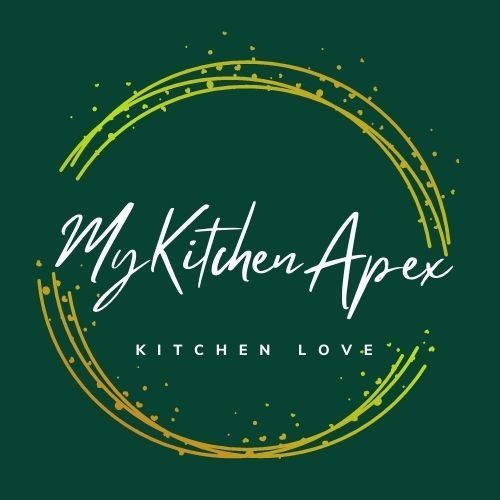Originally Created on: February 25, 2024 @ 7:11 am
Have you ever noticed the curious hump in the middle of your frying pan and wondered what its purpose is? Why do frying pans have that distinctive bump in the center, and how does it affect the cooking process? It’s a common feature in many cooking pans, and understanding its function can provide some valuable insight into the science of cooking.
The hump in frying pans is a design feature that has been around for centuries and serves a specific purpose in the kitchen. While it may seem like a simple aesthetic detail, there’s actually a lot more to it than meets the eye.
Let’s explore the fascinating reason behind this unique feature and how it impacts the way we cook our favorite meals.
Table of Content
Highlights:
- The hump distributes heat evenly
- It collects oil and fats for sautéing
- Provides stability and better control over cooking
why do frying pans have a hump in the middle
The hump in the middle of a frying pan is designed to distribute heat evenly across the cooking surface. This helps to prevent hot spots and ensures that food cooks consistently. The hump also allows oil and fats to collect around the edges, making it easier to sauté and fry foods.
The hump in the frying pan, also known as the “belly,” helps to keep food in the center of the pan, making it easier to cook and flip items such as pancakes and omelets.
This design feature also provides better stability, especially for larger pans, making them less likely to warp over time. Overall, the hump in the middle of frying pans serves to improve the cooking process and deliver better results.
You May Also Like: why do saucepans have copper bottoms
Do all frying pans have a hump in the middle?
Not all frying pans have a hump in the middle. The hump, also known as a bump or dome, is typically found in certain types of frying pans, such as grill pans or sauté pans, to allow for even distribution of heat and to collect excess fats and oils. However, not every frying pan is designed with this feature.
Frying pans without a hump in the middle are commonly known as flat-bottomed pans, and they are widely used for everyday cooking tasks such as frying, sautéing, and searing.
These pans may have a smooth, flat cooking surface, making them ideal for cooking foods that require direct contact with the heat source. While the hump in the middle can be useful for specific cooking techniques, it is not a universal feature found in all frying pans.
Are there benefits to using a frying pan with a raised middle?
There are benefits to using a frying pan with a raised middle. The raised middle allows for better heat distribution, ensuring that food cooks evenly. This feature also allows for easier stirring and flipping of ingredients, making it a versatile option for cooking a variety of dishes.
Additionally, the raised middle can help to keep food in the center of the pan, preventing ingredients from spreading out too much and facilitating better control over the cooking process.
This can be particularly useful when searing meats or sautéing vegetables, as it allows for more precise cooking and better results. Overall, a frying pan with a raised middle can enhance the cooking experience and improve the quality of your dishes.
Also Read: why do saucepans have plastic handles
How does the hump in a frying pan affect cooking?
The hump in a frying pan can affect cooking by causing uneven heat distribution, resulting in food cooking unevenly. This can lead to some parts of the food being overcooked while other parts remain undercooked.
Additionally, the hump can make it difficult for the pan to sit flat on the cooking surface, which can further contribute to uneven cooking.
Uneven heat distribution caused by the hump in a frying pan can also lead to food sticking to the pan or burning in certain areas. This can result in a less than desirable cooking experience as well as potentially affecting the taste and texture of the food being prepared.
Additionally, the uneven cooking caused by the hump may also impact the overall presentation of the final dish.
Can a frying pan with a hump be used for different cooking techniques?
Yes, a frying pan with a hump can be used for different cooking techniques. The hump in the center of the pan allows for oil or grease to collect on the sides, which is perfect for sautéing or stir-frying.
The hump also provides a concentrated area of heat, making it ideal for searing meats and vegetables.
Additionally, the hump can be helpful for cooking dishes that require a combination of frying and steaming, such as dumplings or certain types of fish.
The unique design of the pan allows for versatility in cooking techniques, making it a valuable tool in the kitchen.
Also Read: why is garbage disposal so loud
Final Thoughts
The hump in the middle of a frying pan is a design feature that helps distribute heat evenly, collect oil and fats for sautéing, and provide better stability for larger pans.
Not all pans have this feature, but those that do offer benefits such as easier flipping and better heat distribution. While the hump can cause uneven cooking in some cases, it can still be used for various cooking techniques such as sautéing, stir-frying, searing, and even steaming, making it a versatile tool in the kitchen.

